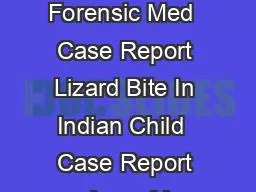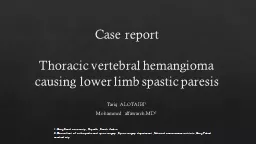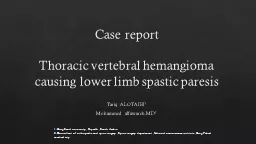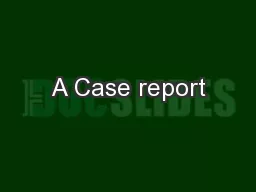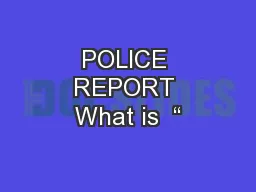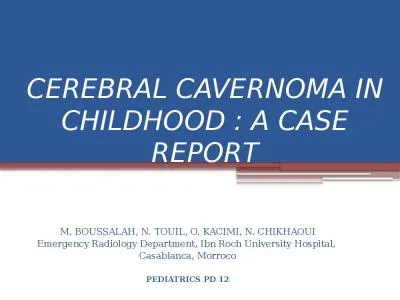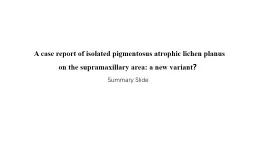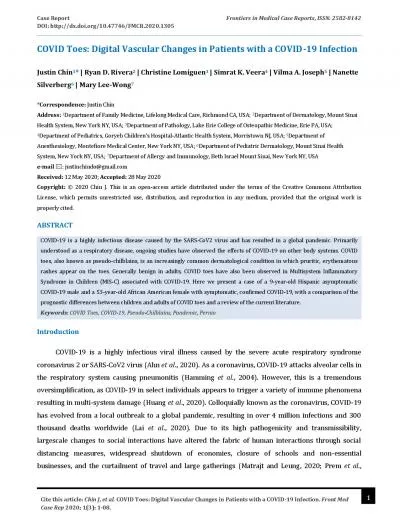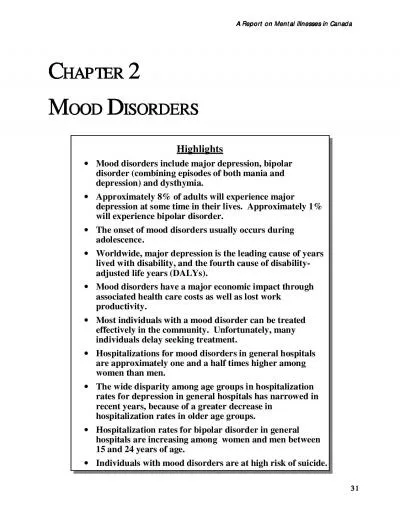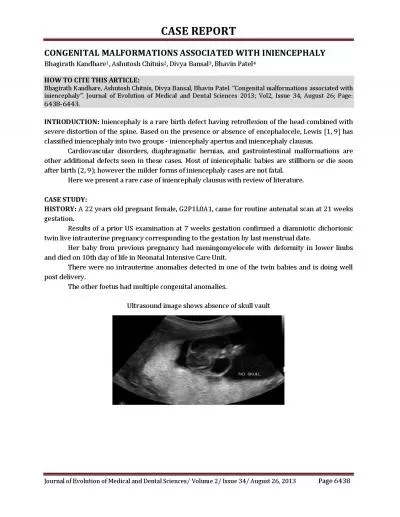PDF-Case Report
Author : caroline | Published Date : 2022-08-24
ISSN O2395 2822 ISSN P2395 2814 Annals of International Medical and Dental Research Vol 6 Issue 2 Page 60 Section Medicine Polydactyly 26 w ith Syndactyly
Presentation Embed Code
Download Presentation
Download Presentation The PPT/PDF document "Case Report" is the property of its rightful owner. Permission is granted to download and print the materials on this website for personal, non-commercial use only, and to display it on your personal computer provided you do not modify the materials and that you retain all copyright notices contained in the materials. By downloading content from our website, you accept the terms of this agreement.
Case Report: Transcript
Download Rules Of Document
"Case Report"The content belongs to its owner. You may download and print it for personal use, without modification, and keep all copyright notices. By downloading, you agree to these terms.
Related Documents



